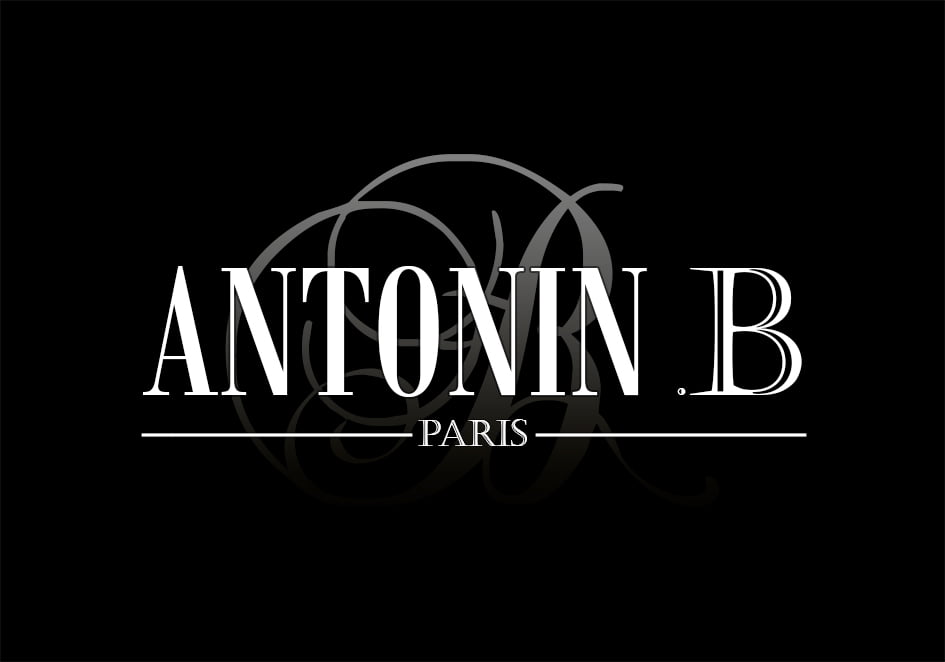A couple of weeks ago, France Television broadcasted a documentary on inexpensive cosmetics. Any person in the beauty industry in France must have had their eyes glued to the television. We know how these documentaries have a tendency to portray themselves as the ultimate weapon against scams. And in order to get to the conclusion that there is an industrywide scam, many shortcuts are taken. Of course, this was the case once again. But we have to give credit to Elise Richard, the journalist in charge, for raising (even quickly) a few important points (including about packaging).
As we ourselves are players in the cosmetic industry, we have decided to share with you the main elements that weigh on the final cost of a cosmetic product. Elements which are not always top of mind but are nonetheless essential.
The formula
-
The choice of raw materials
In a formula, prices can change tremendously depending on the choice of raw materials: for example, sunflower oil is significantly less expensive than argan oil.
-
The choice of natural and organic ingredients
Synthetic raw materials are generally cheaper than natural raw materials. This is also true for texture or consistency ingredients and fragrances.
Natural and organic ingredients are also more expensive than conventional ones. Depending on the producer, the price of avocado oil can be multiplied by three when organic (compared to conventional avocado oil).
-
The quality of raw materials
When looking for quality raw materials, one will mostly turn to artisanal ingredients. Cold pressed organic coconut oil will be more fragrant and have richer (better preserved) properties than a low end, heated or not so fresh coconut oil (which may have started to go rancid). The first one will, of course, be more costly.
-
The supply chain
The choice of a supply chain is a determining factor for the final price. In the fair trade or small producer sector, prices will generally be higher than in a more industrialized segment.
Laboratory & manufacturing
-
Research and development
A brand that develops its own active ingredients will allocate more funds to the time spent doing research, the equipment used and the employees conducting the research. Most of the times, R&D will be outsourced but in that case, the consulting company will be billing its time and resources.
-
Minimum order quantities
When manufacturing is outsourced, there often are minimum order quantities (MOQs), which are a minimum amount of product under which the lab will refuse to turn on its machines because it will not otherwise be profitable.
The long (and drab) work of weighing, cleaning and disinfecting, setting and manipulating the machines (whether they are big or small)… all of that represents a cost. And whether it is outsourced or kept inhouse, it must be considered when determining price.
-
Minimum order quantities for the raw materials
When ordering raw materials for a formula, it is rarely possible to purchase just the quantity needed for a specific batch. There are often minimum order quantities (MOQ). For example, when buying kukui nut oil, which is very sensitive to oxidation, a certain minimum amount has to be ordered, yet we know it cannot be kept long with its optimal qualities. This impacts the price per kilo actually used. (One has to keep in mind that the raw materials are perishable and can sometimes be sensitive when they are natural).
Performance
-
Long-term performance
The France Television documentary attempted to do a performance comparison, but only on the surface. It is also important to study the long-term use performance of a product. The “right here, right now” effect only means something for disposable products. When a product is integrated in a beauty routine, the comparison must go a little deeper.
-
The performance / harmfulness ratio
The performance versus harmfulness ratio is a continuity of the previous point. In the comparison of two moisturizing creams (one 3€ and the other 65€), the first one was deemed more efficient. However, it was filled with strongly film forming (and obviously inexpensive) ingredients: which prevent the loss of moisture, not by keeping it in the skin but by preventing it from evaporating. The skin is neither nourished nor truly hydrated. After the next shower (with an SLS-filled shower gel in order to dissolve that layer of plastic), the situation will be back to the same, or worse. The apparent immediate efficacy is a dust coat that only covers a degree of harmfulness that most consumers might not want on their skins if they were fully aware of it.
-
The packaging
The choice of packaging will have a strong impact on the final price of the product. Generally, plastic packaging will be much less expensive than glass.
There will also be a great price difference between innovative and efficient packaging (whether in plastic, aluminum or glass) and standard packaging.
The brand, the company
-
Internal costs
This is the less glamourous side of things but it is also part of the calculation. Behind a brand, there is also a company with all sorts of running costs: premises, employees and/or external service providers, different bills, a website, etc.
-
Communication
In the very competitive world of cosmetics, a brand that does not communicate is a brand that does not exist. It is especially true for more “general” and/or high luxury brands (spokes persons, ad spaces, etc.)
-
Distribution
The distribution network also plays an important part. When a brand is distributed by a specialized store or website, there must be a margin for the running costs of that store (or website): employees, storing, etc.
-
Certification
For organic cosmetics, there is the cost of certification, which includes an audit (at least once a year) and verifications that depend on (among other things):
- the number of ingredients used,
- the number of non-organic ingredients used,
- the manufacturing premises (internal or external).
As a rule, the bigger the brand, the more it will be able to reduce its cost per bottle, as it will be able to optimize most of its costs and manufacture larger quantities (the more one manufactures, the lesser the price per unit).
This list is long but not exhaustive. However, it helps to understand that the comparison between two products cannot be based solely on price or other “surface” criteria.
One must start by reading the INCI list (in order to eliminate dangerous substances), then look for the presence of labels and if everything is fine, go for a test. In most cases, the price is only a matter of ROI. The company will determine a price depending on its own investments in the brand and product.
Did you like this article? Are there other elements you could think of? Did the list surprise you?
Please leave us a comment or reply on Twitter #AntoninB #CosmeticsPrice





Laila
Wonderful blog post. I really want to thank you, for offering us this information.
Max Jones
Thanks for the info about beauty products. My sister wants to get new ones. I’ll share this info with her later today.